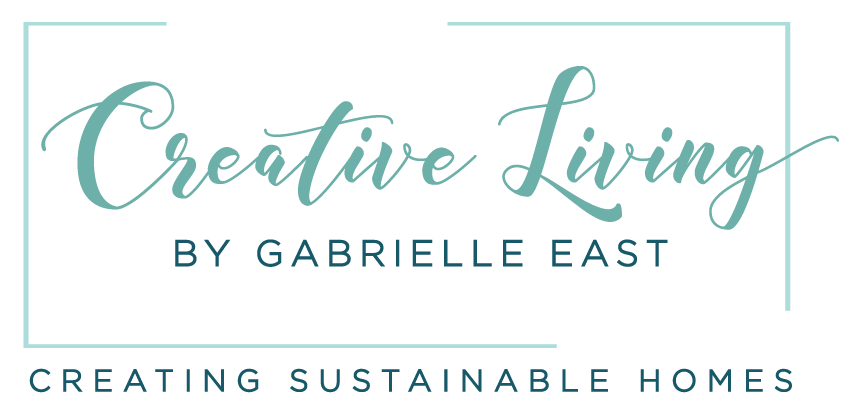CHARRED TIMBER - SHOU SUGI BAN
Shou sugi ban originated in Japan in the 18th century primarily as way to treat cedar siding to make it weatherproof, the technique—which involves charring a wood surface to render it a deep charcoal-black—has caught on recently as a treatment for contemporary exteriors and indoor furnishings alike. The gravitas imparted by the process and finished result (called yakisugi) are undeniable, a blackening of the wood that reveals clean, distinct lines and an inherent textural beauty. You might not be the proud owner of a blowtorch (yet), but any intrepid DIYer can absolutely accomplish the technique at home to give an existing piece of wood furniture a new look.
Cedar works best for shou sugi ban because of its natural chemical properties, it is also a lighter, more porous wood, though it can be used on other timbers such as Red Ironbark, Spotted Gum and Blackbutt.
The surface is charred enough so that it eats into the wood. Using a blowtorch you char the timber for about 5-10 seconds until it goes black and a layer of soot develops. You then use a wire brush to remove all the char, being sure to go with the grain until all the charcoal dust has been brushed off. Depending on the length of time you char the timber, will show the variations of the look or the Shou Sugi Ban. You then use an air compressor or a wet cloth to clean the wood. Traditionally boiled linseed oil would be used to wipe on the timber with a rag, allowed to dry and applied again. You may even want to hit it again with the torch to seal in the oil once you've applied a couple of coats. Outdoor furniture should be re-oiled about every 10-15 years.
You can now buy timber that has already been charred to save time and to give an even finish. Companies like Eco Timber Group and Woodform now sell it ready to use and with different timber profiles.
The benefits besides a beautiful looks are:
☑️UV and fade resistant
☑️BAL-29 fire rating
☑️Long term durability
☑️Very low maintenance compared to traditional timber cladding (dependant on exposure and conditions)
☑️Less susceptible to expansion and shrinkage
☑️Colour fast
☑️Doesn’t leach
☑️Increased resistance to insect attack
Sebastian Mariscal Architects - Wabi House
Studio MM Architects - TinkerBox










